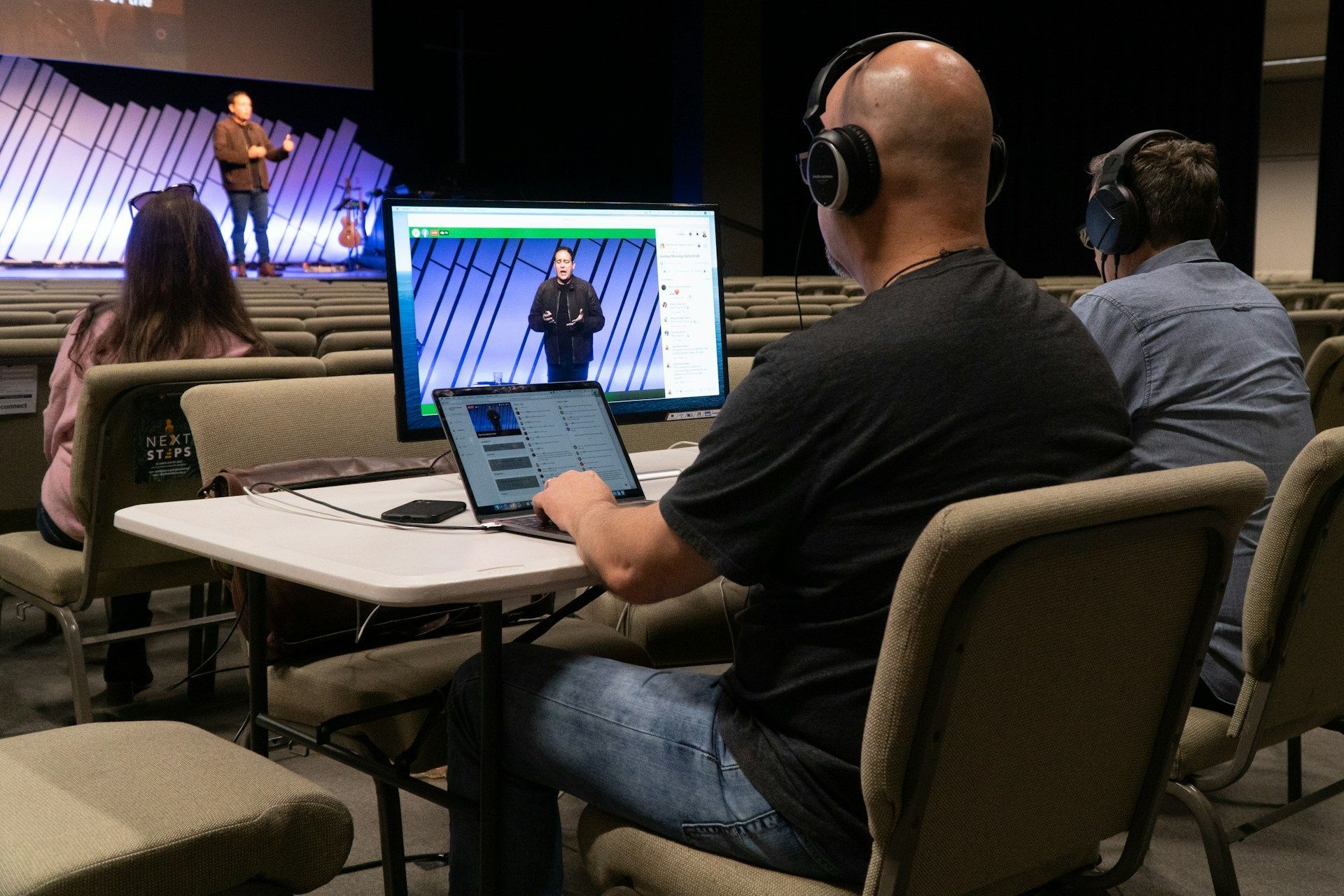How You Can Start Using the Google Ad Grant to Reach More People
Jono Long • January 7, 2025
The Google Ad Grant is a powerful tool for churches looking to reach more people. It offers free advertising on Google, helping you connect with your community online. Imagine being able to share your message with more people who are searching for a place like yours.












